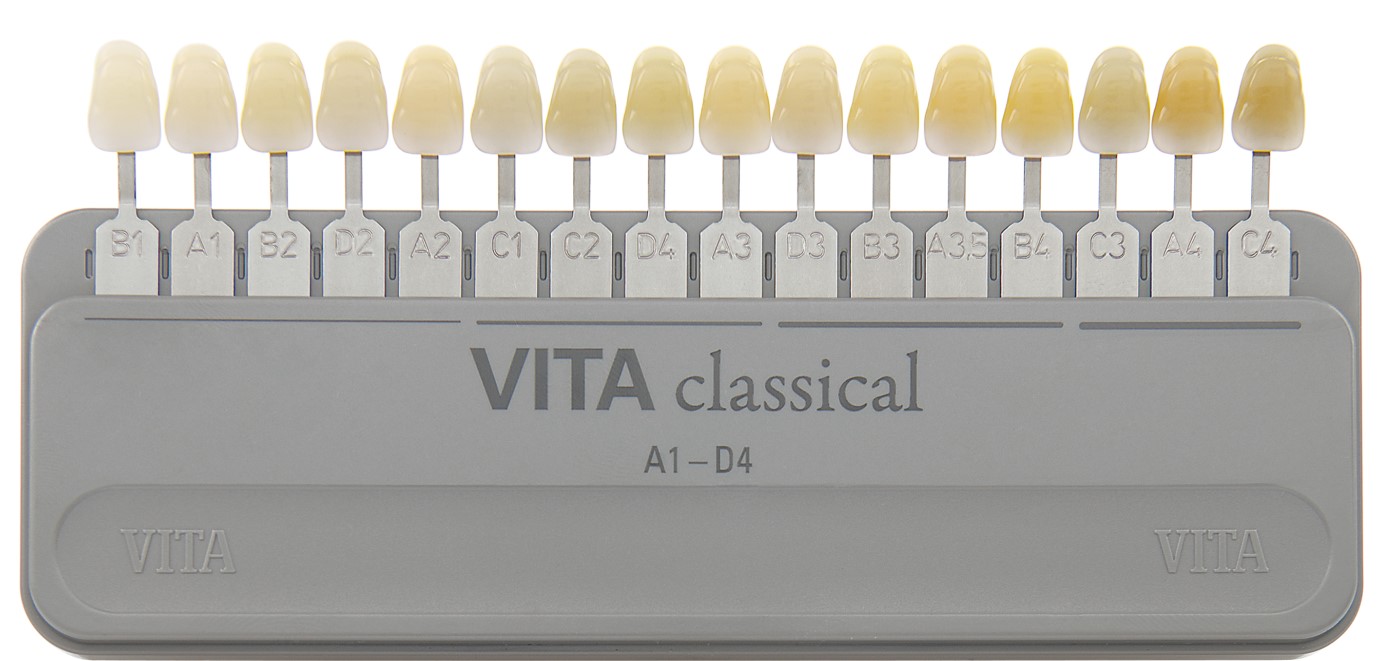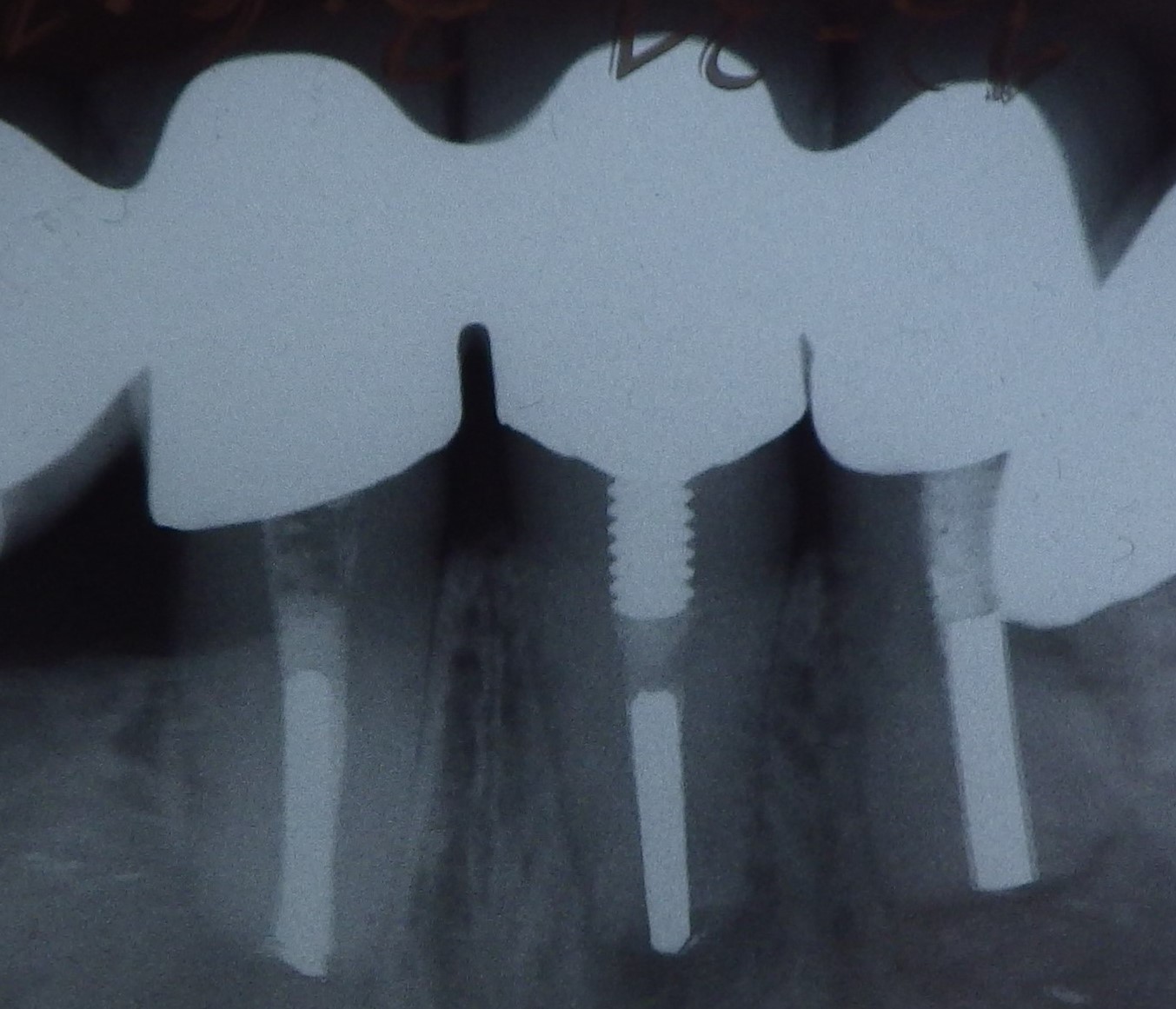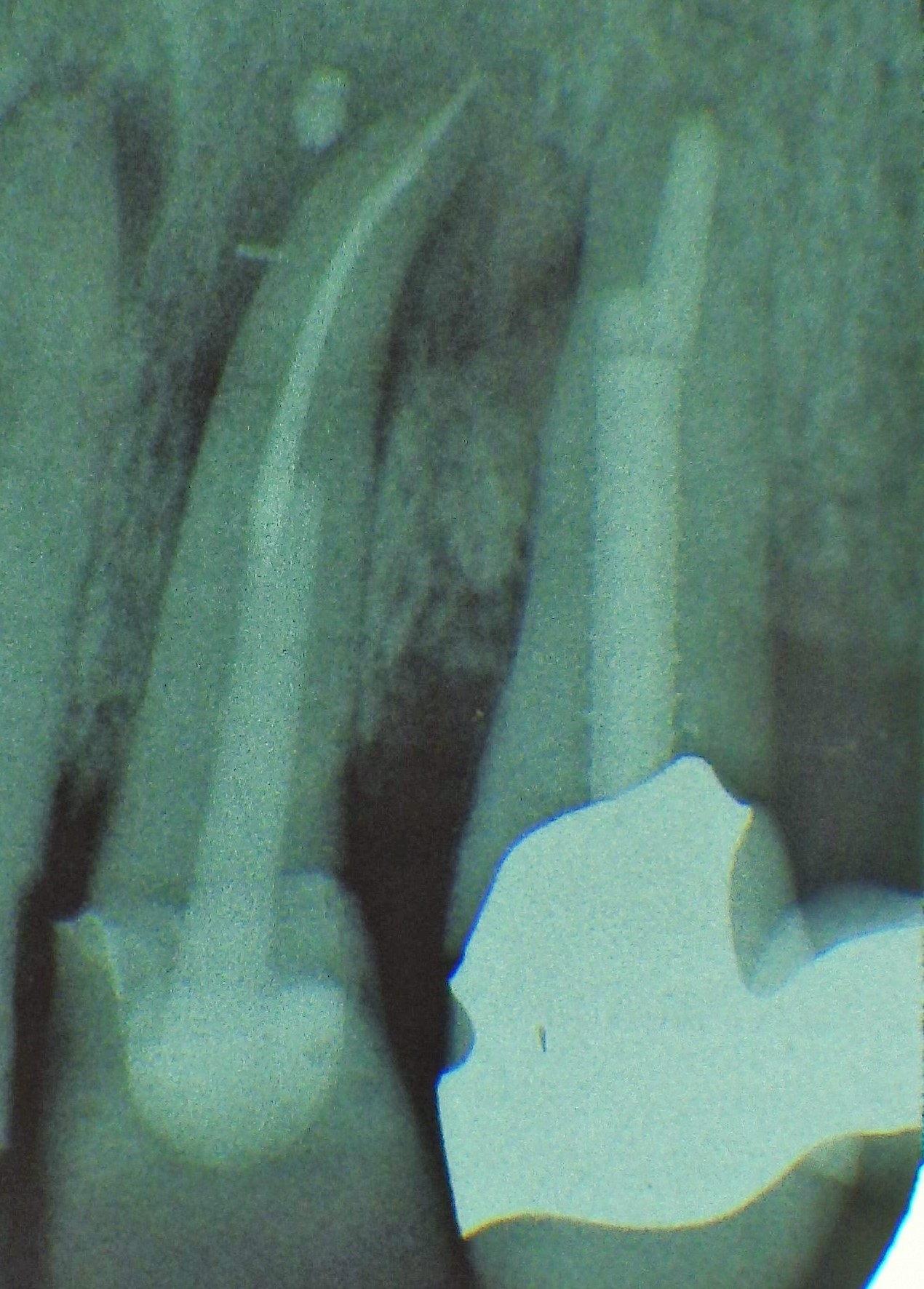Farbnahme Prothetik
Farbnahme Prothetik
Wesentliches Element der harmonischen Integration von "unauffälligem" Zahnersatz im Mund ist die möglichst täuschend echte Nachahmung natürlicher Zahnstrukturen (von Nachbarzähnen, Antagonisten) in Stellung, Form und optischen Eigenschaften der Oberfläche. Letztere werden vereinfachend mit dem Begriff "Zahnfarbe" zusammengefasst, obwohl es sich um eine Vielzahl von Parametern wie Farbe, Farbverlauf, Helligkeit, Farbsättigung, Transluzenz (Durchscheinen von Licht in lichtstreuenden Materialien) versus Opazität ("Undurchsichtigkeit" durch Streuung von Licht), Fluoreszenz oder Phosphoreszenz (Lichtemission, z.B. bei UV-Licht), Glanz (durch Reflexion von Licht) etc. handelt.
Das fast unbegrenzte Spektrum von Millionen für das menschliche Auge subjektiv wahrnehmbaren natürlich vorkommenden Zahnfarben lässt sich allerdings mit geringer ästhetischer Einbuße auf wenige (zur objektivierbaren Dokumentation und Kommunikation eindeutig definierte und bezeichnete) Stufen normierter (meist eindimensionaler/linearer, selten mehrdimensionaler, verschiedene Parameter umfassender) Zahnfarbskalen ("Farbring") reduzieren (so etwa für konfektionierte Prothesenzähne). Diese meist in Zahnform aus dem Restaurationsmaterial (etwa Composite-Kunststoffen oder Keramiken) gefertigten Farbmuster stehen zum direkten Vergleich mit Patientenzähnen und/oder Restaurationen zur Verfügung.

Farbring
Auch zur Imitation von Weichteilen, etwa Zahnfleischbereichen, stehen Farbmusterskalen in Schleimhaut-Farbtönen zur Verfügung.
Da dieselbe Fläche unter Beleuchtung mit Licht verschiedener Intensität oder Wellenlänge (Sonne, Bewölkung, Dämmerung, Kunstlicht), verschieden wirken kann (Metamerie), ist die Farbnahme unter reproduzierbaren Beleuchtungsbedingungen ("Normlicht") für ein vorhersagbares Ergebnis anzustreben. Dazu werden verschiedene technische Hilfsmittel eingesetzt, so etwa identische Ringlichter für Zahnarzt und Zahntechniker, Kameras mit Weißabgleich oder spezielle elektronische Geräte, die anhand von Punktmessungen oder normierten Fotos die verschiedenen Bereiche eines Zahnes (so etwa Schneide, Körper und Hals, Approximalbereiche) "vermessen" und die Ergebnisse als Normfarbskalenwerte ausgeben können.
Want to give it a try ...
... or need professional advice?
Get in touch with us or click Contact.
Word of the day
| English | German |
|---|---|
| non-keratinized | nichtkeratinisiert |
Focus text of the month
Root canal posts are inserted centrally into adequately long, straight sections of devitalised, root-filled teeth which show no pathological findings either clinically or radiologically. Severe vertical and horizontal structure loss from the clinical crown is an indication… Root canal posts are inserted centrally into adequately long, straight sections of devitalised, root-filled teeth which show no pathological findings either clinically or radiologically. Severe vertical and horizontal structure loss from the clinical crown is an indication for root canal posts. The preferred method is generally to insert the root canal post, so that it (by predrilling with ascending diameters) virtually fills the prepared post site and fits close to the dentine wall. That section of the root canal post in the root should be at least as long as the crown restoration, leaving a few millimetres of the root canal filling to seal the apex. Isolated concepts have also been developed with smooth metal posts projecting apically beyond the tooth and intended for anchoring in the bone (transdental fixation).
Restoration with a temporary post is seldom practical due to the increased fracture and reinfection rate; a definitive root canal post should be inserted as early as possible.
Customised root canal posts (often made from precious metal alloys), cast after waxing up directly in the root canal or indirectly after taking an impression of the root canal lumen (using burnout posts), can also be used for filling lumina with oval or irregular cross sections, as well as two or three divergent canals each fitted with a post inserted, if necessary, through the opening of another canal. The core build-up(s), or even the entire crown (historically: post crown) can be integrated. |

 Three different root canal posts
Three different root canal posts Tooth 14 conical and smooth, tooth 13 cylindrical and threaded
Tooth 14 conical and smooth, tooth 13 cylindrical and threaded